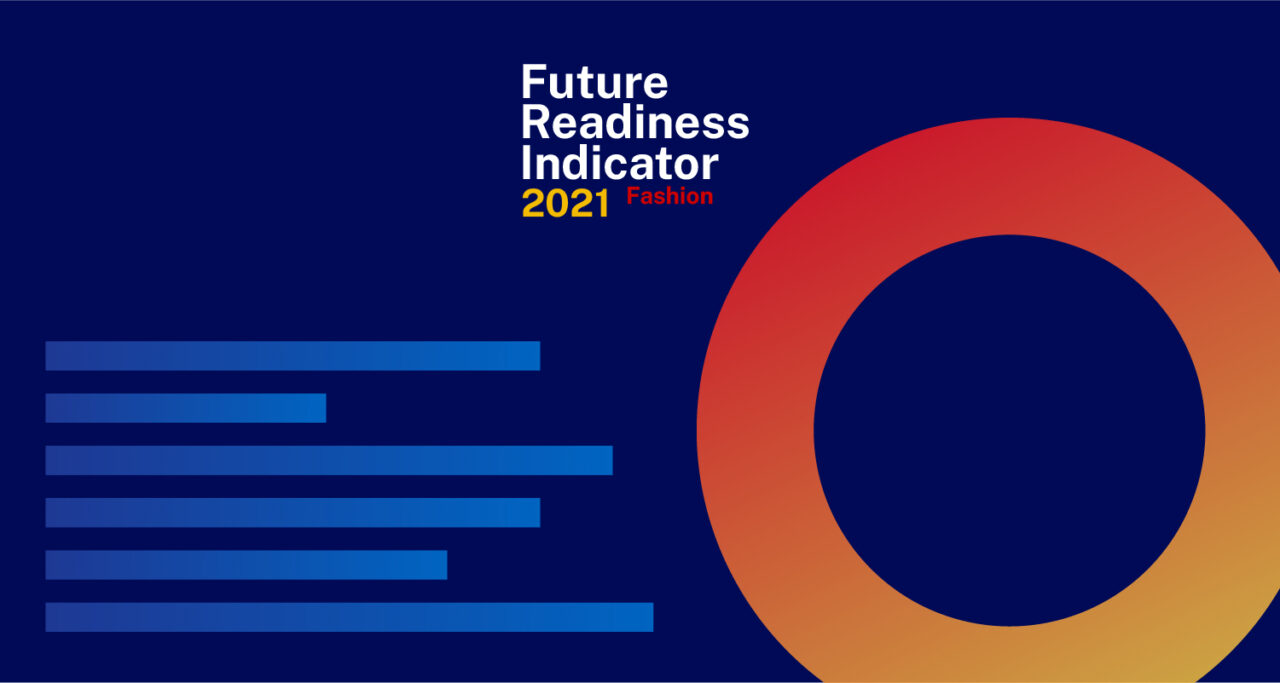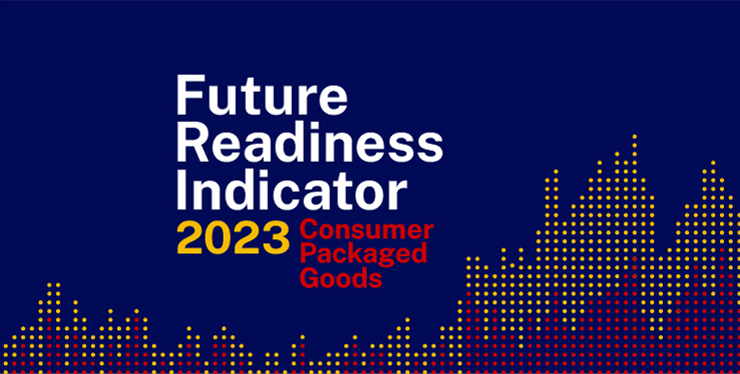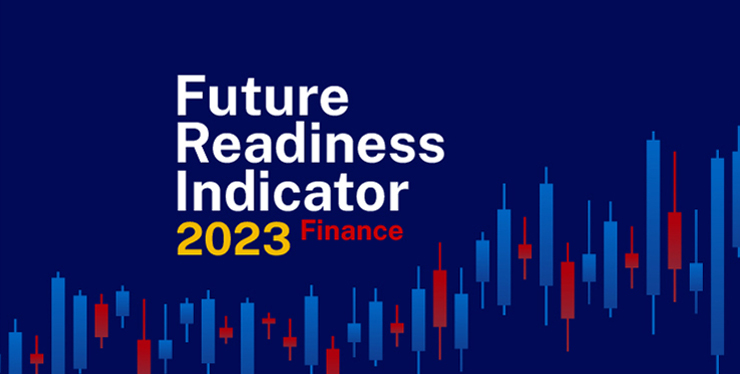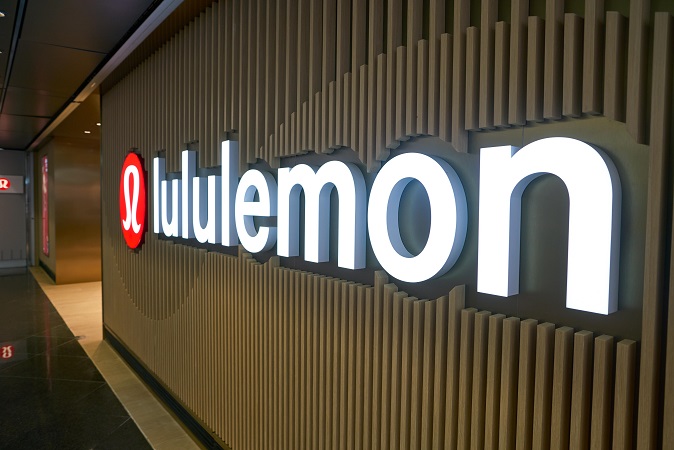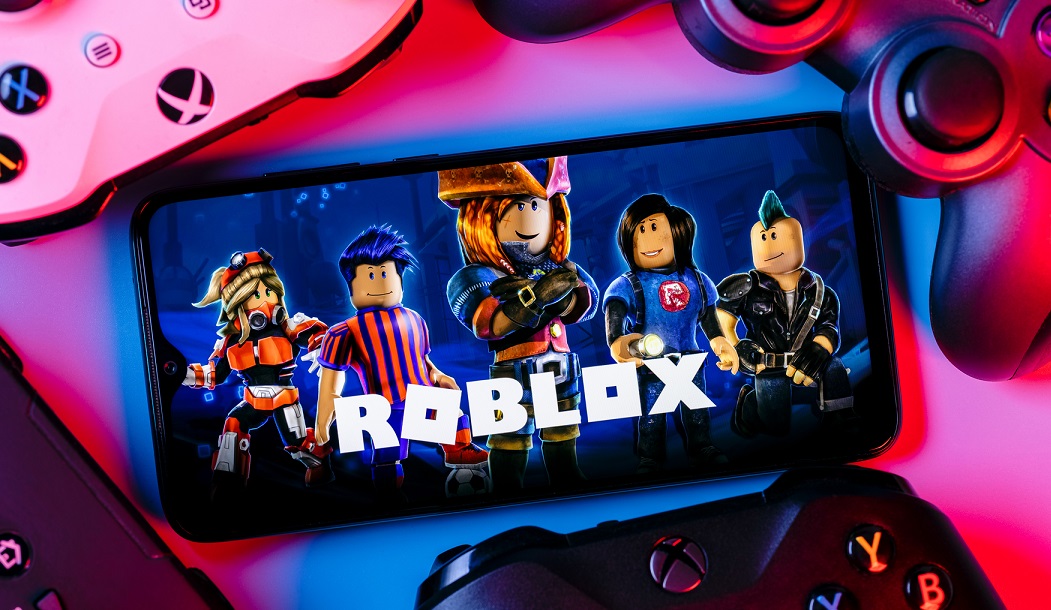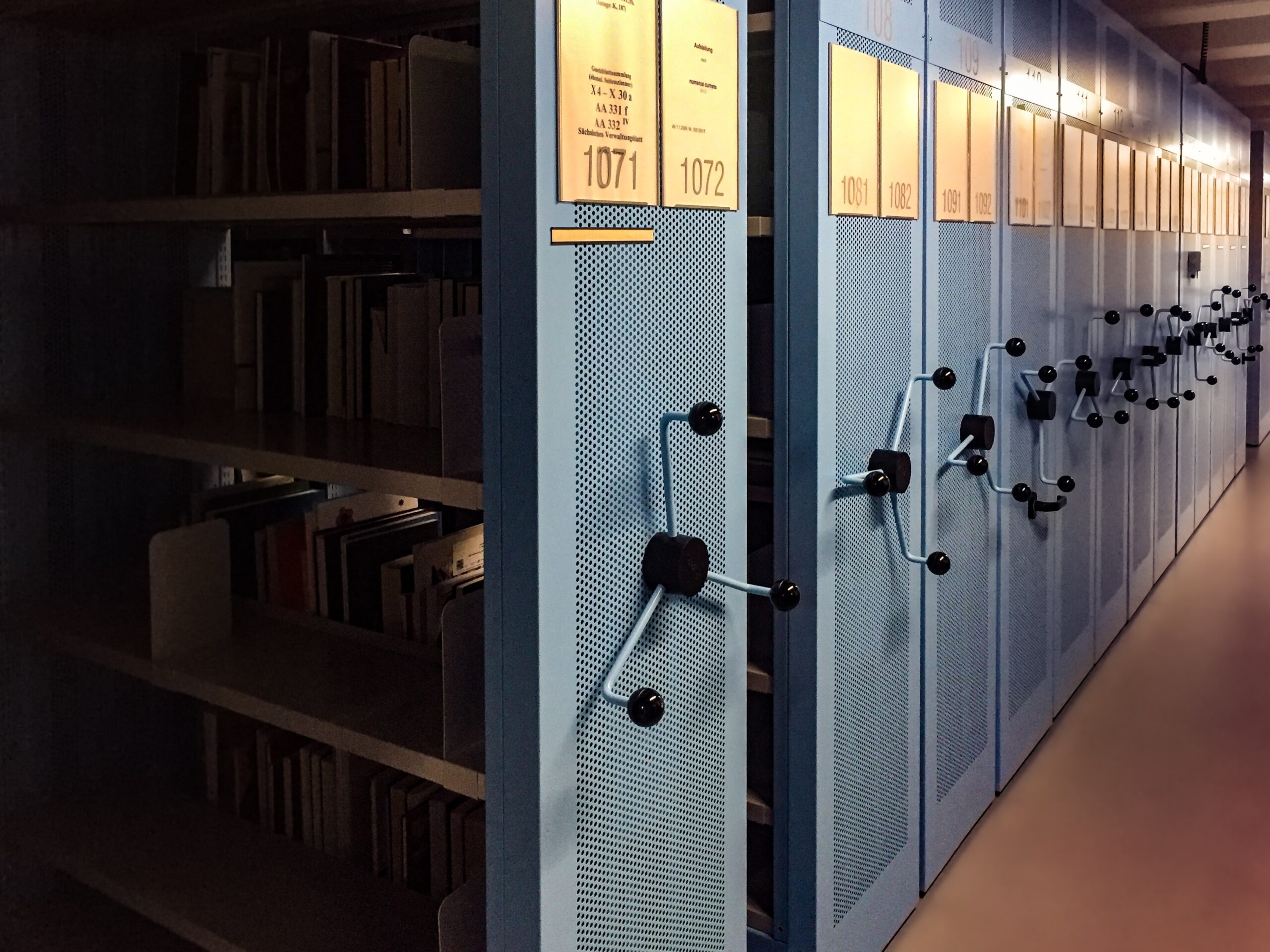IMD business school for management and leadership courses
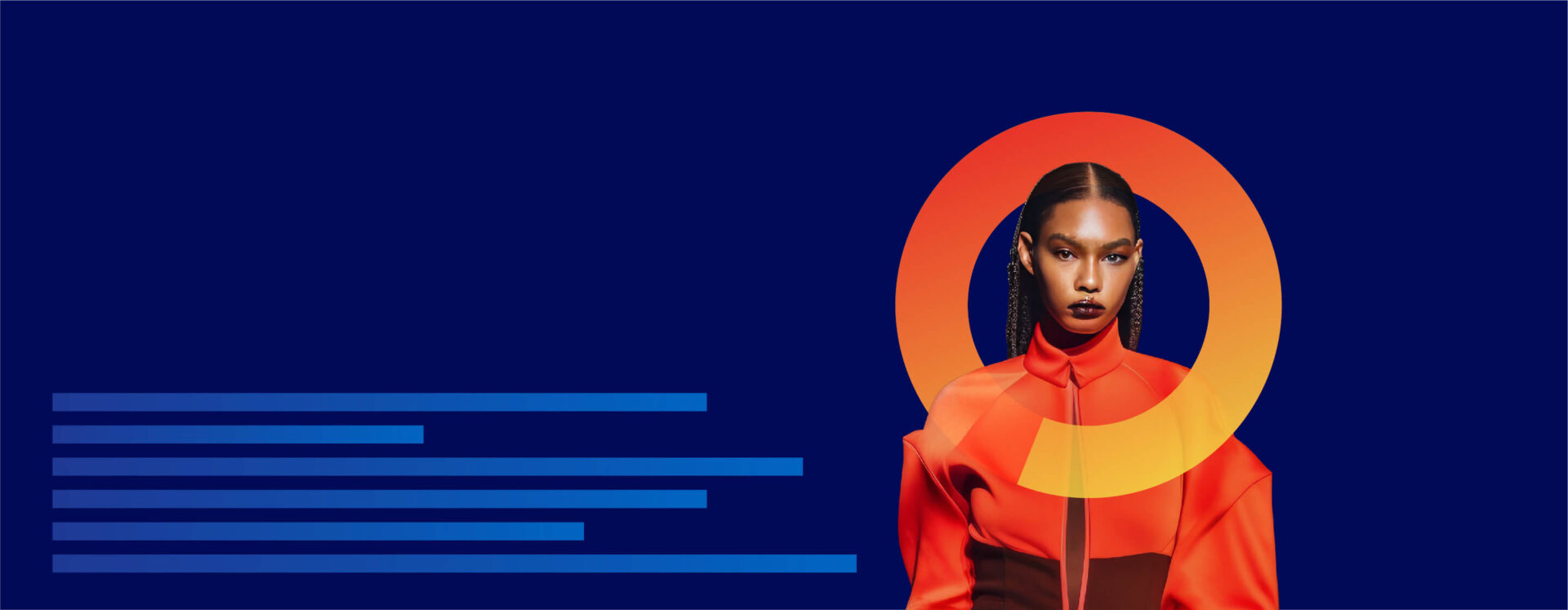

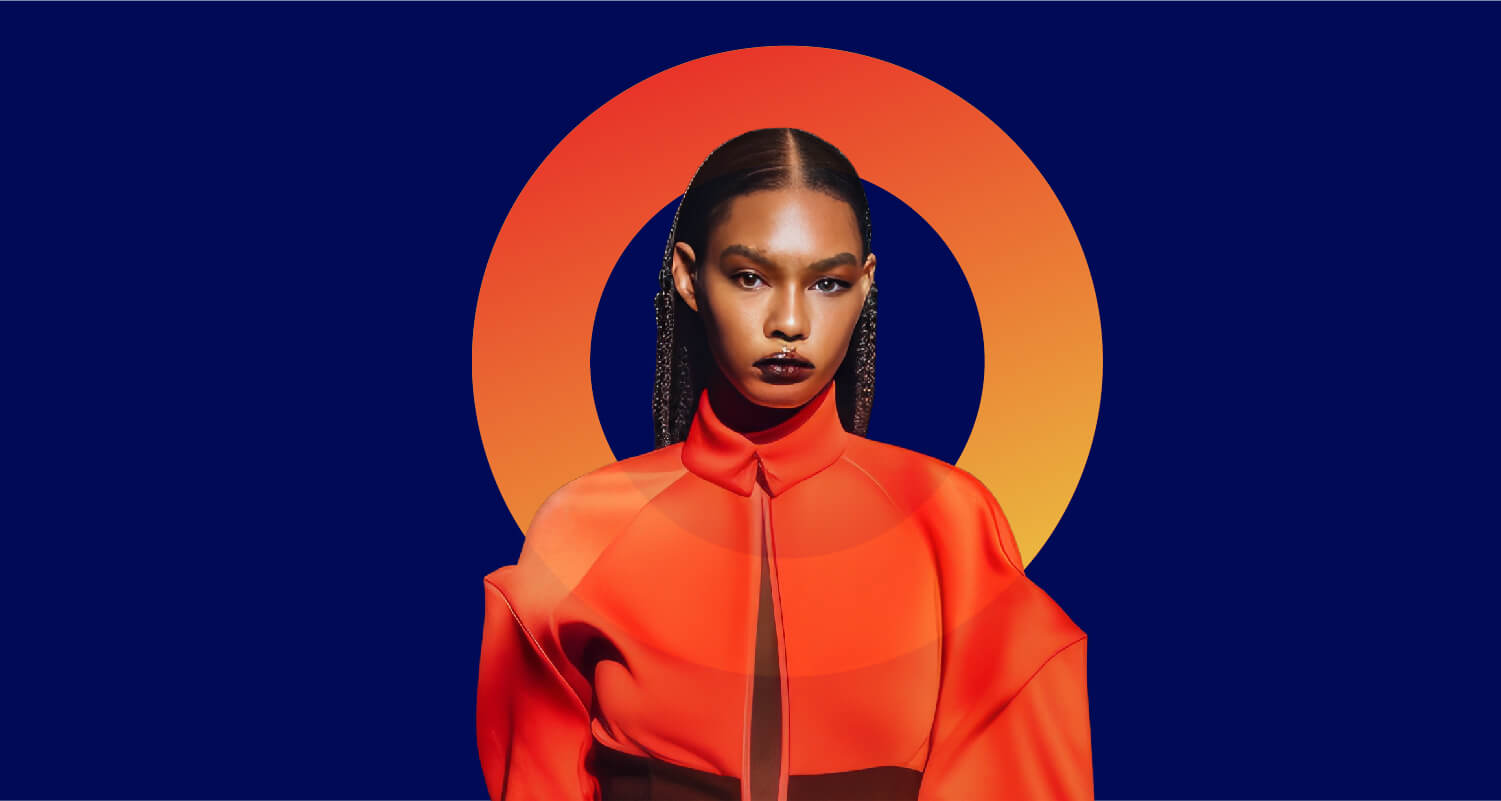
Fashion
What the Most Future-Ready Brands Do
You may ask, what exactly do the top-ranking brands do to stay on top? The short answer is they leverage digitalization and embrace learning.
How leading brands are using digital to transform themselves
Digitalization is not merely about the front-end consumer experience. A sleek website and a clean mobile app are the starting points, but there are a lot of make-or-break technologies to master behind the scenes. For example, consumers may want to personalize their sneakers online and have them shipped in weeks. To make this happen, and to do it profitably at scale, Nike has digitalized its entire supply chain. It has automated all tracking and coordination with external partners. It also leverages advanced data analytics to gather insights around the clock, so it can make markdown and promotion decisions instantly and move inventory across a country when needed. Doing so then helps Nike locate and ship specific products to the individual stores that need them most. This is a prime example of a digital-first consumer brand. All of these changes require new learning.
The chart below depicts the different levels of digitalization. We arrived at this conclusion using big data, with a little help from artificial intelligence. First, we downloaded every report published in the last 10 years by the standard-bearers of business news: The Wall Street Journal, New York Times, Financial Times, and others. We also included all the corporate press releases circulated during the same 10-year period. We then fed all the data into an algorithm. The algorithm looked at what these brands really represent and to what extent the business community has come to understand these brands. Such textual analyses may not be perfect, but they enable us to gauge how things evolve. The details of our computer-aided research approach can be found here.
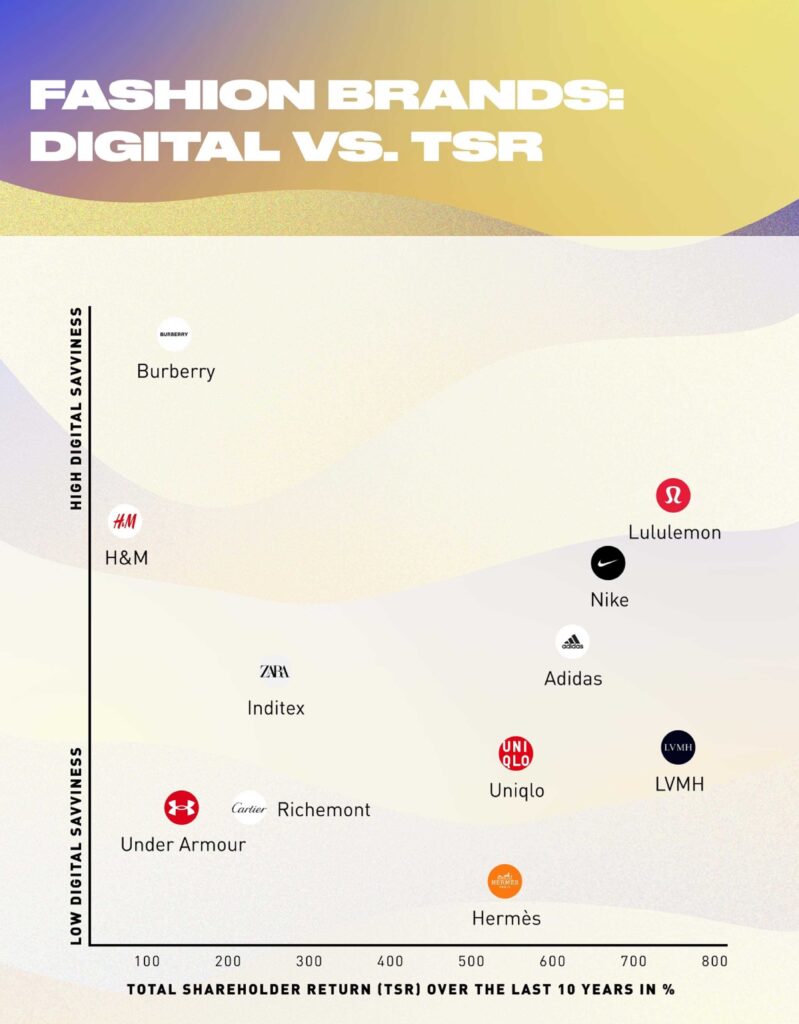
The graph above compares digital readiness to financial return. The Y-axis depicts how the digital competence of each brand, while the X-axis shows the total return of the company’s share price over the last 10 years. What you can see is that being highly digital is important for sportwear brands, but it is less important for high-end fashion.
Such an outcome is understandable. But does it mean high-end fashion brands don’t need to learn new things? Not at all.
Learning is key for everyone
Learning is important for luxury brands, too. A handbag maker may not need to experiment with advanced materials other than leather, but it still needs to learn how changing consumer tastes might redefine the meaning of “exclusivity”.
The final chart depicts this, with the learning orientation of a company positioned on the X axis.
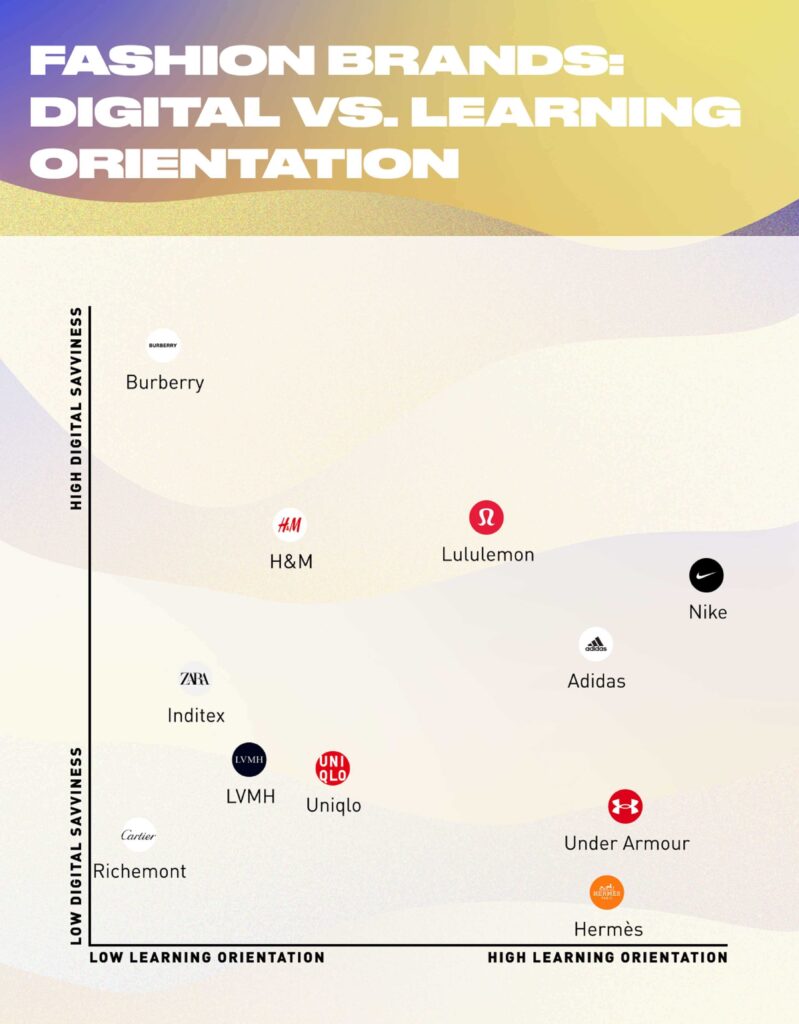
The correlation between these 2 charts is unmistakable. It’s not an accident. High-learning organizations generate outsized returns over the long run, whether they focus on becoming digital or not; there is always something new and critical for them to master. In other words, learning pays off for everyone all the time.
Do you want to find out what makes a brand lovable? Hint: Everyone is a little narcissistic.
